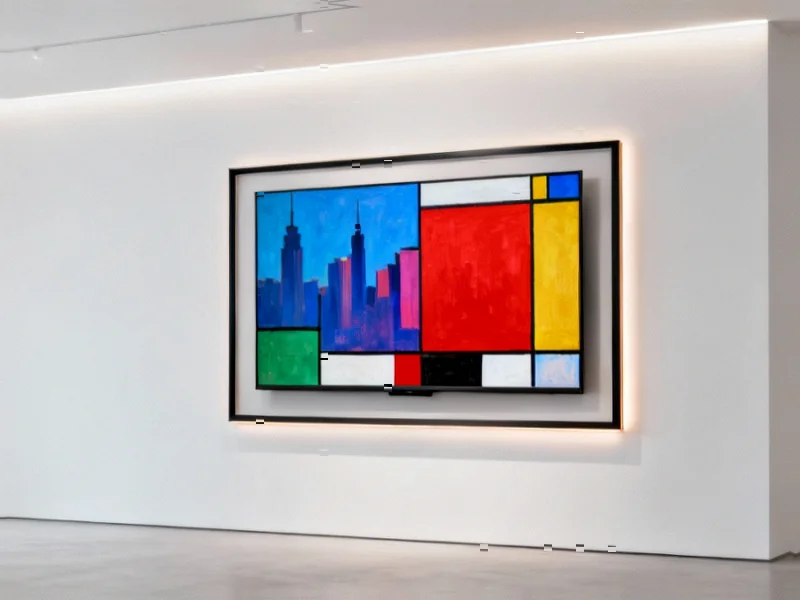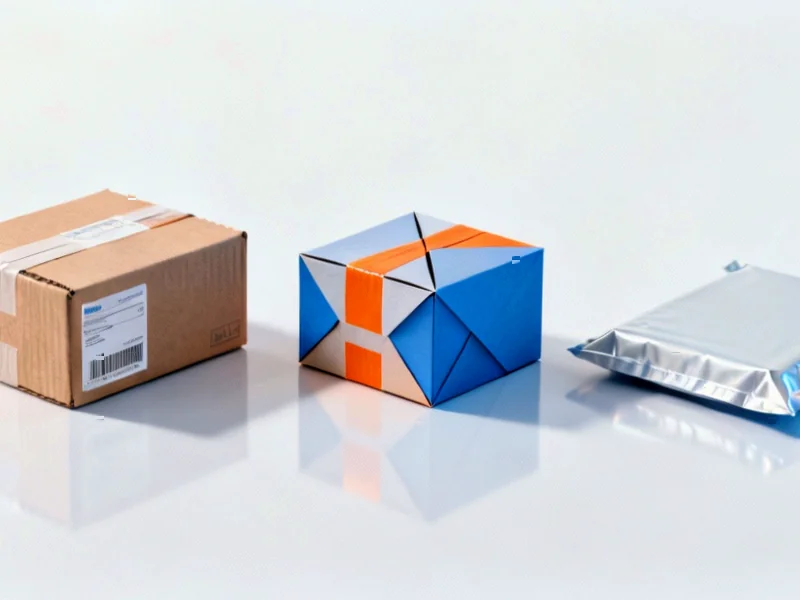Just as Paris’s iconic Centre Pompidou prepares to shutter its doors for a massive five-year renovation, Samsung has pulled off what might be the most perfectly timed art-world partnership of the decade. The tech giant’s newly announced collaboration with the legendary museum will bring 25 of its most celebrated masterpieces to Samsung’s Art Store, effectively creating a digital bridge that keeps these works accessible while the physical institution undergoes its “once-in-a-generation” transformation until 2030.
Table of Contents
Strategic Timing Meets Digital Preservation
What makes this partnership particularly compelling isn’t just the art itself—though works by Frida Kahlo, Piet Mondrian, and Wassily Kandinsky certainly command attention—but the strategic timing that positions Samsung as both art preserver and innovator. As Gaële de Medeiros, Head of International and Economic Development at Centre Pompidou, noted in the announcement, the museum has “always stood at the intersection of art and innovation.” This digital extension of their collection during physical closure represents perhaps the most practical application of that philosophy yet.
The implications here extend far beyond simple convenience. We’re witnessing a fundamental shift in how cultural institutions approach accessibility and preservation. While museums have dabbled in digital partnerships before, the scale and timing of this collaboration—coinciding with a major renovation that would otherwise limit public access—suggests a new maturity in how technology companies and cultural institutions can work together. It’s not just about digitizing art; it’s about maintaining cultural continuity during physical transitions.
The Frame’s Evolution From TV to Art Platform
Samsung’s The Frame TVs, particularly the Pro models with their anti-reflection matte screens and customizable bezels, have always positioned themselves as more than just television sets. But this Pompidou partnership represents a significant elevation of that proposition. The technology has evolved from being merely “TVs that look like art” to becoming legitimate platforms for art distribution and appreciation.
What’s particularly impressive about this evolution is how Samsung has addressed the technical challenges that typically separate digital displays from authentic art viewing. The anti-glare matte screens genuinely reduce the “screen-ness” of the experience, while the wireless connection boxes eliminate the visual clutter that reminds viewers they’re looking at electronics. These might seem like small details, but they’re crucial in bridging the psychological gap between digital reproduction and artistic experience.
Meanwhile, the inclusion of these artworks across Samsung’s broader TV lineup—from premium Neo QLED 8K models to more accessible QLED options—demonstrates a strategic understanding that art accessibility shouldn’t be limited to premium hardware. This democratization angle is significant, especially when you consider that traditional art ownership remains largely the domain of the wealthy.
Market Context and Competitive Landscape
Samsung’s art-focused strategy arrives at an interesting moment in the premium TV market. While competitors like LG and Sony have focused heavily on gaming features and cinematic performance, Samsung has carved out a distinctive niche with The Frame’s art-first approach. This isn’t just product differentiation—it’s a fundamentally different vision of what a television should be in the modern home.
The Art Store’s growing partnerships with major institutions like The Met, Tate, and now Centre Pompidou suggest this is more than a passing experiment. Samsung is building a legitimate content ecosystem around art, something no other TV manufacturer has attempted at this scale. The business model—subscription access to high-quality digital art—addresses a genuine consumer need for home aesthetics while creating recurring revenue streams beyond hardware sales.
What’s particularly smart about this approach is how it leverages existing technology for new purposes. The same high-resolution displays designed for 4K and 8K content become perfect canvases for digital art reproduction. The always-connected nature of modern smart TVs enables seamless content delivery. Samsung isn’t inventing new technology here as much as it’s finding innovative applications for what already exists.
The Bigger Picture: Art in the Digital Age
This partnership raises fascinating questions about art ownership, accessibility, and preservation in the digital age. As Daria Greene, Samsung’s Head of Content & Curation, aptly noted: “Art doesn’t lose its power when walls close, it finds new ones.” We’re seeing this philosophy play out in real time as cultural institutions grapple with how to maintain relevance and access in an increasingly digital world.
The timing couldn’t be more relevant. With physical art spaces facing everything from pandemic closures to renovation projects like Pompidou’s, digital partnerships offer a way to maintain public engagement. But this isn’t just about crisis management—it’s about reimagining what museum accessibility means in the 21st century. The traditional model of requiring physical presence to experience great art is being challenged, and institutions that adapt stand to reach global audiences rather than just local ones.
There are, of course, legitimate questions about whether digital reproductions can ever truly replace the experience of standing before an original masterpiece. The texture of brushstrokes, the scale of the work, the curated environment of a museum—these elements contribute to the artistic experience in ways that even the best digital reproduction can’t fully capture. But as supplementary experiences that make art part of daily life? That’s a compelling proposition that deserves serious consideration.
Looking Forward: The Future of Art-Tech Partnerships
As Centre Pompidou begins its transformation, this partnership offers a glimpse into how museums might approach digital accessibility moving forward. The five-year closure provides a natural experiment in whether digital access can sustain public interest in a collection during extended physical unavailability. The results could influence how cultural institutions worldwide approach their own renovation projects and digital strategies.
For Samsung, the continued expansion of its Art Store partnerships suggests a long-term commitment to positioning its displays as cultural platforms rather than just entertainment devices. The next logical steps might include exclusive digital exhibitions, artist collaborations, or even augmented reality features that blend physical and digital art experiences.
What’s clear is that the boundaries between technology, art, and cultural preservation are becoming increasingly blurred. As both museums and tech companies navigate this new landscape, partnerships like Samsung and Centre Pompidou offer a template for how these relationships can benefit both institutions and the public. The art world has often been skeptical of commercial partnerships, but when executed with respect for the art and understanding of the technology’s limitations, these collaborations can genuinely expand access and appreciation.
The true test will come when Centre Pompidou reopens in 2030. Will digital access have diminished the appeal of physical visitation, or will it have cultivated a larger, more engaged global audience eager to experience the real thing? If history is any guide, technology rarely replaces physical experiences as much as it enhances and complements them. In the meantime, Samsung TV owners will enjoy an unprecedented opportunity to live with masterpieces that would otherwise be temporarily inaccessible—a silver lining in what might otherwise be a five-year cultural drought for Pompidou enthusiasts.



